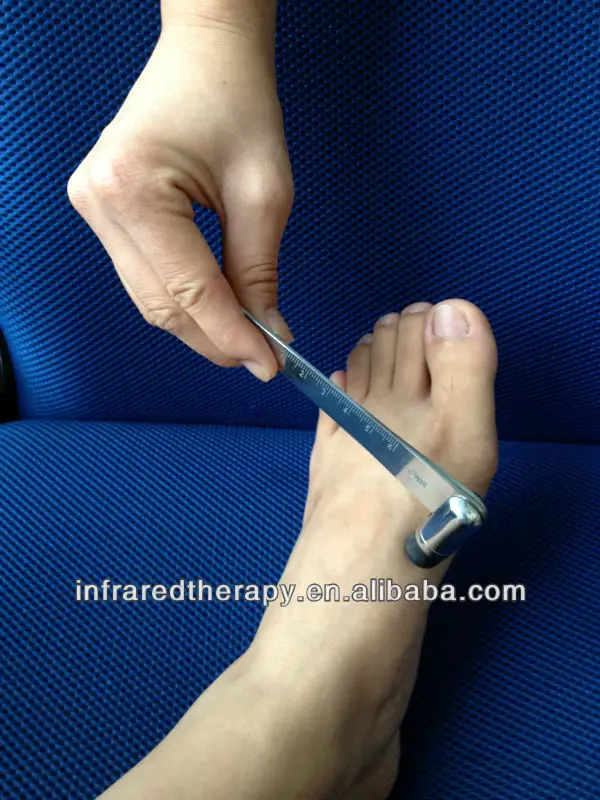

The two tines of the fork alternately move toward and away from each other, each bending like a cantilever beam, fixed at the stem and free. Vibration sense is tested with a tuning fork (normally 128 Hz) placed on predefined bony prominences. Vibration sense is often the first sensation lost in peripheral neuropathy. Aims: Clinical assessment of peripheral neuropathy can be performed by testing vibration sense using a tuning fork and cutaneous sensation using a 10g. Fundamental Mode (426 Hz) The fundamental mode of vibration is the mode most commonly associated with tuning forks it is the mode shape whose frequency is printed on the fork, which in this case is 426 Hz. This pathway ascends ipsilaterally in the dorsal column to the gracile and cuneate nuclei in the medulla fibers then cross the midline and enter the medial lemniscus to ascend to the thalamus, and then to the somatosensory cortex. Both of these tests are now routinely taught in medical schools and performed regularly to assess patients with hearing problems. It is tested by using a 128 Hz tuning fork and placing the vibrating. Vibration and proprioception sensations are mediated by the dorsal column / medial lemniscus pathway. Over the years, many types of tuning forks tests had been developed to assess hearing loss, but today only two have withstood the test of time: Rinne and Weber. When we use a tuning fork, we are actually testing the patients sense of vibration, which is also part of the sensory system. Vibratory sensation (pallesthesia) is one of the sensory modalities of the DCML system. If there is a deficit when testing a finger, testing of hand or forearm proprioception should be conducted to determine the extent of the deficit.

Proprioception in fingers is tested by determining if the patient (with eyes closed) can sense whether a finger is being moved up or down.

If there is decreased sensation distally, testing should also be done in other distal locations, as well as more proximally, to determine the extent of the deficit. Testing should be done initially distally. Vibration is tested by sensation of a tuning fork held on a bony prominence. Tuning Forks are ideal for hospitals and clinics. The time (in seconds) at which vibration sensation. Baseline Tuning Forks evaluate vibratory sensation to determine peripheral nerve injury loss and return. Upper extremity vibration and proprioception The tuning fork is also applied to the dorsal aspect of the distal phalanx of the examiners thumb.


 0 kommentar(er)
0 kommentar(er)
